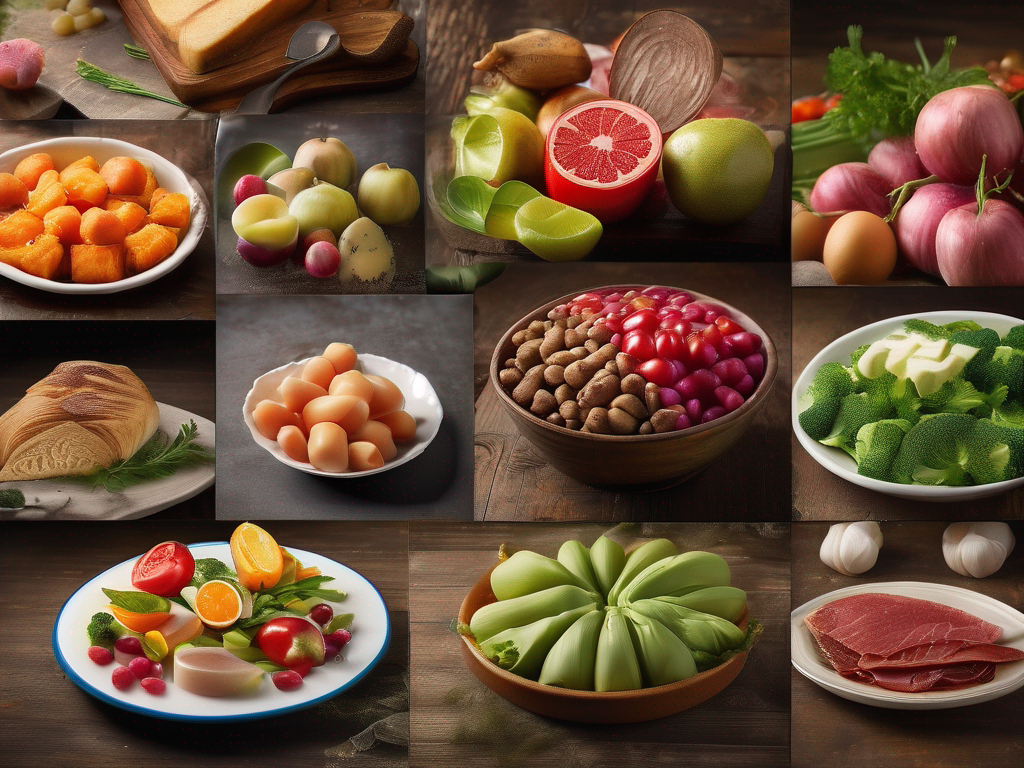
Extending the Shelf Life of Common Thyme: Tips for Freshness and Flavor
Get Your Free Food Safety Cheat Sheet
30 most common foods with instant answers. Print it and stick it on your fridge—completely free!
Extending the Shelf Life of Common Thyme: Tips for Freshness and Flavor
Common thyme, also known as Thymus vulgaris, is a versatile herb commonly used in cooking due to its aromatic flavor profile and medicinal properties. Whether you grow thyme in your garden or purchase it from the store, proper storage is essential to preserve its freshness and flavor. In this blog post, we'll explore practical tips to extend the shelf life of common thyme, ensuring that you can enjoy its culinary benefits for longer periods.
Understanding Common Thyme
Before delving into storage methods, it's essential to understand the characteristics of common thyme:
- Flavor: Common thyme has a warm, earthy flavor with hints of mint and citrus.
- Aroma: It boasts a fragrant aroma that enhances a wide range of dishes.
- Nutritional Benefits: Thyme is rich in antioxidants and has antimicrobial properties.
- Culinary Uses: Commonly used in soups, stews, marinades, and meat dishes.
Now, let's explore how you can maximize the shelf life of this valuable herb.
Proper Storage Techniques
1. Fresh Thyme
When storing fresh common thyme, consider the following tips:
- Trimming: Remove any wilted or discolored leaves before storage.
- Moisture Control: Place a paper towel in a plastic bag to absorb excess moisture.
- Refrigeration: Store fresh thyme in the refrigerator crisper drawer.
- Container: Place thyme in a perforated plastic bag to maintain airflow.
2. Dried Thyme
Dried thyme can retain its flavor when stored correctly:
- Airtight Container: Store dried thyme in an airtight container away from heat and light.
- Cool, Dark Place: Keep the container in a cool, dark pantry for extended shelf life.
- Labeling: Clearly label the container with the date of storage for reference.
Maximizing Shelf Life
1. Freezing Thyme
Freezing common thyme is an excellent way to preserve its flavor for an extended period:
- Blanching: Quickly blanch thyme leaves in boiling water, then transfer to an ice bath.
- Drying: Pat dry the blanched thyme before freezing in airtight containers.
- Usage: Frozen thyme can be used directly in cooking without thawing.
2. Herb Infused Oils
Creating herb-infused oils with thyme can prolong its shelf life and add flavor to your dishes:
- Sterilization: Ensure the oil and container are sterilized before infusion.
- Storage: Keep the infused oil in a cool, dark place to prevent rancidity.
- Straining: Remove thyme leaves after infusion to prevent spoilage.
Safety Considerations
When storing and using common thyme, it's crucial to keep food safety in mind:
- Inspect Regularly: Check thyme for any signs of mold, discoloration, or off-odors.
- Cross-Contamination: Store thyme away from raw meats to prevent bacterial contamination.
- Expiration Date: Discard thyme past its expiration date to ensure freshness and safety.
Conclusion
By following these storage tips and safety guidelines, you can extend the shelf life of common thyme and enjoy its culinary benefits for an extended period. Whether you prefer fresh, dried, or frozen thyme, proper storage techniques are key to preserving its flavor and nutritional value. Experiment with different storage methods to find the one that works best for your cooking needs. Keep your thyme fresh, aromatic, and ready to elevate your dishes with these practical tips.
Authoritative Food Safety References
These agencies and university labs inform every tip and health precaution we publish.
USDA FoodKeeper – Cold Storage Guidelines
Official refrigerator, freezer, and pantry timelines maintained by the U.S. Department of Agriculture.
Visit USDA FoodKeeperFDA Produce Safety Rule & Grower Guidance
Field-to-fridge handling practices that prevent contamination of fruits, vegetables, and leafy greens.
Visit FDA Produce SafetyCDC Foodborne Illness Prevention Hub
Surveillance-backed guidance on pathogens, symptoms, and steps to reduce foodborne illness risk.
Visit CDC Food SafetyUC Davis Postharvest Technology Center
University research detailing optimal storage atmospheres for produce after harvest.
Visit UC Davis PostharvestPenn State Extension – Home Food Preservation & Safety
Peer-reviewed extension bulletins on safe canning, chilling, and reheating practices.
Visit Penn State ExtensionGet Your Free Food Safety Cheat Sheet
30 most common foods with instant answers. Print it and stick it on your fridge—completely free! Want more? Upgrade to the complete guide with 70+ foods.
Scan your food directly and get instant safety info using our AI-powered camera feature.